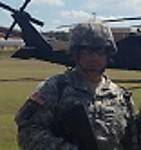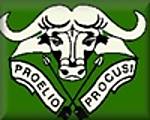I would not even know how to consider having this thing published - heck I am just happy with all you folks looking at it - LOL
Thanks for looking brother!





































 I never considered all that goes into properly representing concrete destruction from a compacted explosion.
I never considered all that goes into properly representing concrete destruction from a compacted explosion. 

































Good evening everyone, for tonight's update I wanted to share how I give blue-foam some plaster-character!
Apply a thin layer of ordinary house hold plaster
Thanks for looking!
JGphins







Hello Moreno & Cheyenne , thanks for stopping by. The foam pieces for the base and walls were first glued together with Elmer’s white glue. Then I applied a thin layer of plaster. I left the roof off in order to detail the inside of mosque and roof individually.
Also for added strength, I inserted several half a toothpick pieces into the jointing walls when I glued them.
I also drew the crack lines, stones, bricks in initially before applying the plaster.
When dry, sand lightly to avoid breaking off the thin layer of plaster.
Then redetail all lines, bricks, stones and details as needed prior to first paint application.
Thanks for asking!
JGphins
 |